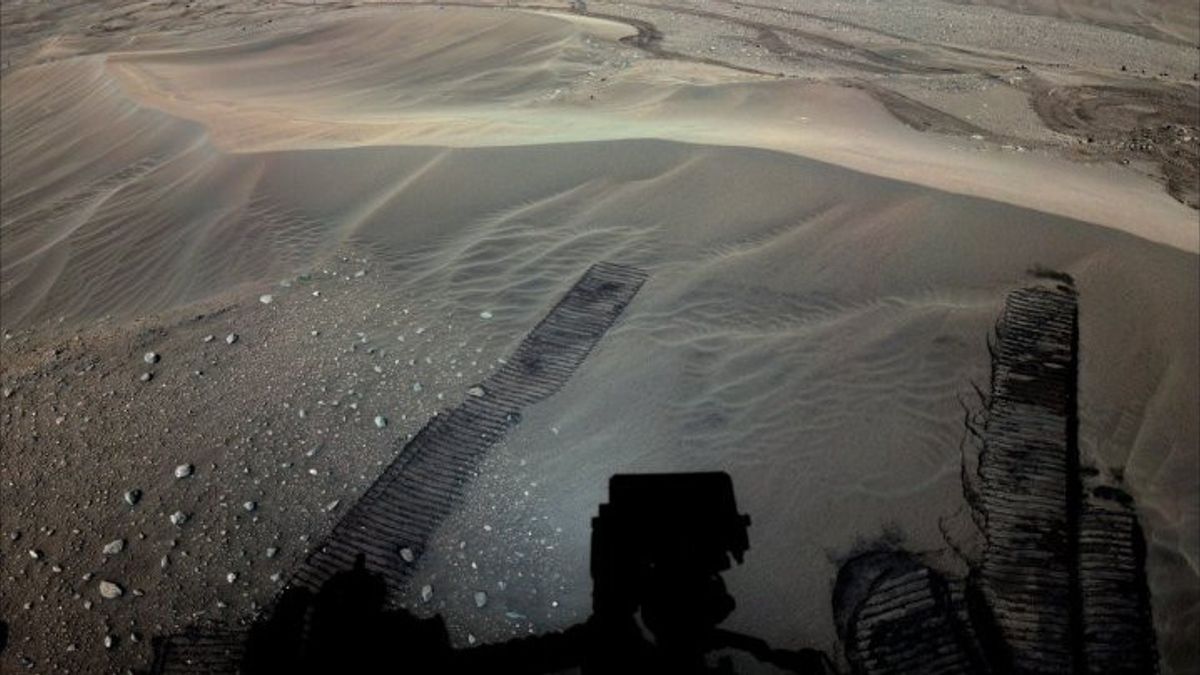JAKARTA - NASA's rover, Perseverance is currently starting a mission to select locations to store tubes containing rock samples and regolith from Mars.
The current sample is a number of rock species from around Jezero, as well as samples of dusty Martian soil called regolith. There is also a control tube called witness tube, which does not contain any rock but contains atmospheric samples to check for any contaminants.
The sample is then sealed in a tube stored on the surface of Mars, ready to be collected and brought back to Earth via future missions.
Perseverance will immediately begin storing these tubes in the sample depot, which will accommodate 10 tubes and be stored for about a month. The location of the depot must be carefully selected in order to be accessible to future missions, because the current plan is to take samples by rover or helicopter.
This mission was inspired by the success of Mars Helicopter, Ingenuity, later several helicopters can transport the sample.
That means, the location of the depot must be in a flat area without large rocks as a safe place for helicopters to take off and land.
Each tube also needs to be placed carefully inside the depot area. Because each helicopter can only take one tube at a time, the tube cannot be left in a large pile.
Instead, each tube needs to be placed at its respective locations as wide as a few meters, distanced from the zigzag pattern. Therefore, Perseverance takes about a month to place all the tubes.
The samples for these depots and duplicates stored on Perseverance are outstanding representatives of areas explored during the main mission, said Mars Sample Return program principal scientist from Arizona State University,wieldow Wadhwa quoted from Digital Trends, Monday, December 19.
"We not only have frozen rocks and sediments that record at least two and maybe four or even more different water alternation styles, but also regolits, atmospheres, and witness tubes," he added.
NASA aims to find out about the environment and history of Mars, hence a number of explorers, landers, and orbiters are on the planet.
But to understand more about this place and in particular whether there has ever been life there, NASA needs to bring samples from Mars to Earth for analysis. That's what NASA wants to do over the next decade with the Mars Sample Return mission.
The English, Chinese, Japanese, Arabic, and French versions are automatically generated by the AI. So there may still be inaccuracies in translating, please always see Indonesian as our main language. (system supported by DigitalSiber.id)








